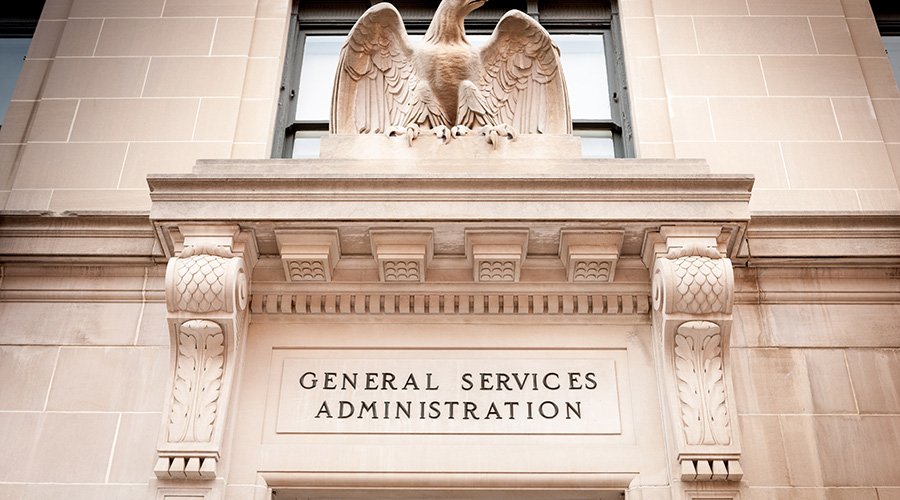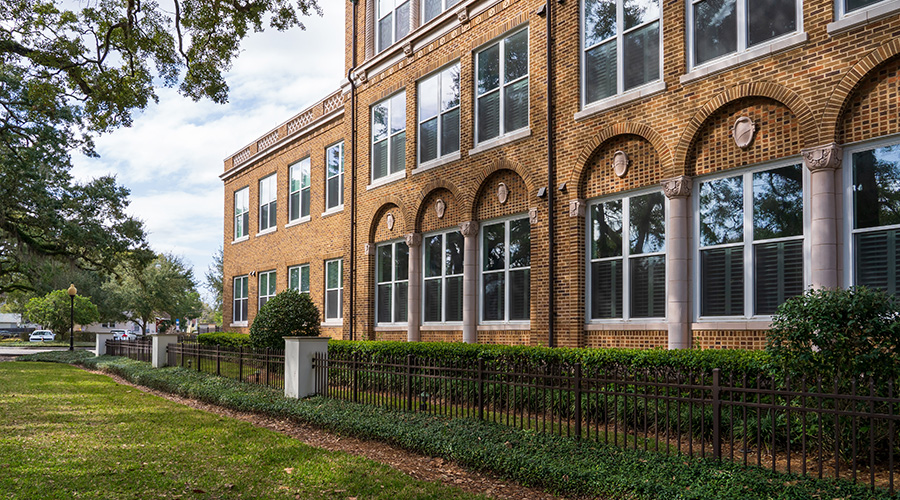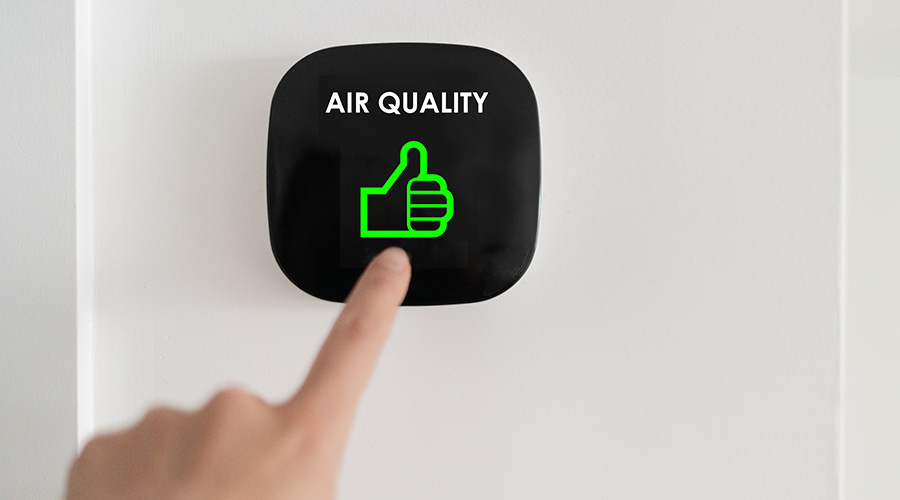
GSA Design Standards Face Scrutiny Over Cost Impact
GSA building repair and alteration projects cost 15-25 percent more than for comparable private sector building project April 16, 2024
By Dan Hounsell, Senior Editor
Maintenance and engineering managers will tell you that cost-effective management of an institutional or commercial building starts long before they take over the facility. The process actually starts during the design and planning phase, when building owners, architects and designers make decisions about the materials, components and equipment that will go into the facility. In the case of the U.S. General Services Administration (GSA) — the federal government’s landlord — that phase is under scrutiny because of its impact on the project’s cost and its future operations.
A recent House report in support of a bill (HR-6317) calls for more transparency around GSA’s mandatory design standards for federal buildings, citing an analysis finding that those standards make those projects more expensive than comparable private sector building projects, according to FedWeek.
The bill focuses on the so-called P100 standards, which apply to GSA-owned facilities regardless of funding source to new construction, including lease construction, repairs and alterations; historic preservation; and customer-funded projects through reimbursable work authorizations.
“The P100 sets requirements for all aspects of construction and repairs and alterations, including health and safety, sustainability, security, application of building codes and building rating systems, space measurement and building efficiency, building operations and maintenance, energy usage, building systems, and materials,” according to the report. “Therefore, the P100 not only impacts the quality of the projects but also the costs, delivery timeline, competition and sourcing of construction services and materials.”
The report cited a National Institute of Building Sciences report finding that GSA repair and alteration projects cost 15-25 percent more than for comparable private sector building projects, primarily due to design and procurement requirements in those standards.
Dan Hounsell is senior editor for the facilities market. He has more than 30 years of experience writing about facilities maintenance, engineering and management.
Next
Read next on FacilitiesNet












